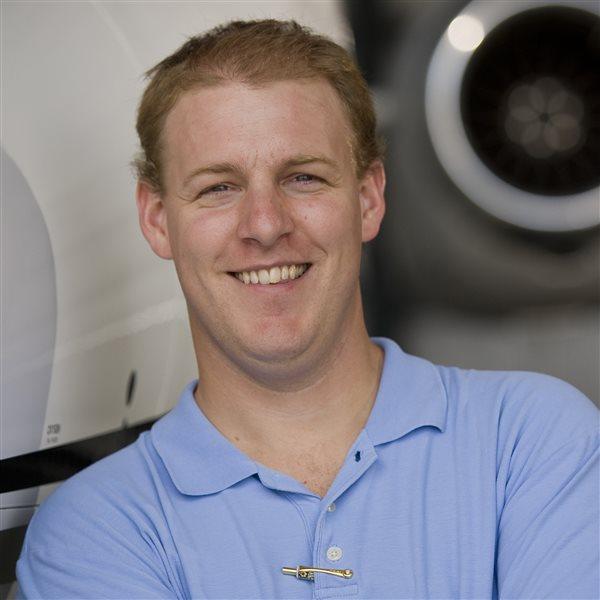Avionics: Frugal or foolish
Pitfalls of buying used avionics

Take the world of used avionics. Search eBay or one of the aviation online marketplaces and you’ll find everything from relatively new Garmin GTN 750s to old Narco radios, and everything in between. The prices are there, begging you to save big on the purchase of a new-to-you piece of equipment. Sometimes it’s worth pressing the Buy Now button, and sometimes it’s a fool’s errand. Knowing when to buy and when to pass is key to shopping the used avionics market.
“Is it a deal? It depends,” said Michael Beaver, owner of Beaver Avionics in Red Bluff, California. The intricacies of buying used gear are more complex than they are with a typical online auction purchase. You may have a dream about what you want in your panel, but money isn’t the only thing potentially standing in your way. “It depends on the current stack and the airframe. They have different abilities to support new equipment,” Beaver said.
AOPA publications contributor Pete Bedell and his brothers own a Cessna 172 and a Beechcraft Baron. Over the years the brothers have earned black belts in sourcing used equipment for their airplanes, and they have graduated from original equipment to Garmin GNS 430Ws in both. “I don’t really care about the display,” Bedell said. “It’s all about meeting the need to get LPV minimums.”
The brothers use an iPad for a multifunction display. Both 430s were purchased used. The first was from a trusted friend, so they knew the use history and that they could count on its reliability. For the second they took a chance on an online buy. But they purchased a standard 430 and sent it to Garmin for the WAAS upgrade, ensuring they would be left with a refurbished unit brought up to modern (at the time) standards.
The Bedells like to save money, but the real motivation for buying used is getting an upgrade after widespread use has flushed out bugs. “I’m hoping by the time we’re ready they’ve got the kinks ironed out,” he said.
Beaver said most used units his company is asked to install are 430Ws and 530Ws. Even with these units that are only a generation old, when asked to work one into a panel upgrade, his answer varies. “If it doesn’t come with FAA forms, we’ll usually say no because it’s not worth it.” Although shops can accept equipment without yellow tags, many shy away, knowing that as soon as the shop takes possession of the equipment, it accepts responsibility for its proper operation. A yellow tag gives some amount of reassurance that the unit works, but even so, most shops will do their own tests. “It does no one any good to assume the paperwork that comes with it is 100 percent,” Beaver said.
Then it comes down to what the customer is trying to accomplish. For Beaver, a perfect scenario for something like a used 430 is as a second GPS/nav/com. The fact the manufacturer is no longer offering upgrades doesn’t matter as much and it provides complete redundancy. Something akin to a simple altimeter swap to the same type is worth a shot on the used market as well, he said. With only a few bolts and connectors, there’s some reassurance it will all work out.
Beaver’s hesitation comes from the many variables that go into an avionics installation. Especially with late-model equipment, there are dozens of parameters that must be met for the unit to go in your airplane. The power supply, wiring, rack, panel space, approvals, software, and more must all work. If they don’t, the hard work begins. The shop must find and install the items required to integrate the new unit, and that can take time, assuming the parts can be found at all.
For this reason some shops will flatly deny a request to install used equipment, and most others will require a modest fee beyond the unit’s purchase price to accommodate the request. Yes, a small part of it covers the margin the shop would usually make on new gear, but it’s also for the shop time required to bench-test the unit, work through problems, update software, and possibly source components.
Beaver gives an example of a display that requires a very specific wire. That’s something an owner wouldn’t necessarily know when they look for a used piece of equipment. If the airplane doesn’t have it, the shop must build a new harness.
It’s why an owner must work with a shop before buying anything. Tell them what you want to do, see if they’ll work with you, and get their advice on how to proceed. “Try to make it a collaborative process with the shop and do it before you buy it,” Beaver said.
The Bedells do a lot of research before they purchase anything. In addition to the Garmins, in the mid 2000s they purchased or were gifted old Narco radios. They know the radios won’t last forever, but a back-up radio can offer valuable parts, and equipment from past generations is more likely to succeed as a slide-in replacement. Even then, their process hasn’t been without hiccups. They swapped out an original Cessna radio with a slightly newer Narco, only to later discover the problem was elsewhere in the panel. As potential issues with used avionics go, that’s a pretty good run.
Email [email protected]



